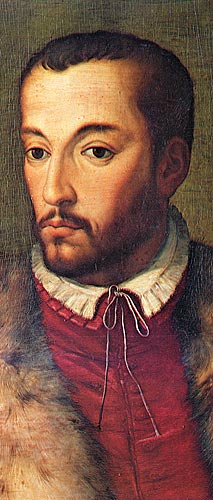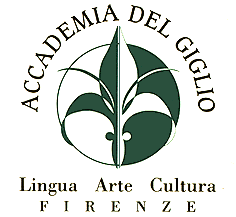 Francesco I was born in Florence in 1541 and there he died mysteriously in 1587 with his second wife Bianca Cappello.
Francesco I was born in Florence in 1541 and there he died mysteriously in 1587 with his second wife Bianca Cappello.
Since he became the actual regent of the Grand Duchy of Tuscany in 1564, during the last ten years of his father’s government, he soon turned out to be very despotic and he continued the heavy taxation his father had previously begun, in order to buy the Emperor’s protection.
In 1565 on December 18th Francesco married Johanna of Austria, the Emperor’s daughter, but their marriage was very unhappy either owing to the strong homesickness of Johanna, either because of Francesco’s character. After Johanna’s death, he immediately remarried with Bianca Cappello, who had been his mistress for many years. Rumours about the hypothetical Johanna’s poisoning quickly spread. Many Florentines suspected that together Francesco and Bianca had killed the sad grand duchess. Although Bianca was not very popular in in Florence Francesco asked the famous architect and sculptor Bernardo Buontalenti to build for her the marvellous villa of Pratolino. The villa was then destroyed two centuries later, but its beautiful park can still be visited (one of our Art History Courses includes a visit to this park, which fascinated many famous travellers throughout the centuries).
Like his father, Francesco had a passion for collecting and he continued the patronage of Arts, like the other Medici had done before him. He also loved sciences, especially chemistry and alchemy. In order tio study them he spent many hours in his elegant and precious laboratory inside the Palazzo Vecchio, the so-called Studiolo.
Francesco and Bianca died on the same day after a dinner together. Some people said that they had been poisoned, but today many historians believe that they were struck by a malarial fever. Due to her low social rank, Ferdinando, Francesco’s son, did not allow to bury Bianca in the family tomb. On the contrary Francesco was buried next to his first wife Johanna in the Medici Chapel.
You can admire an impressive portrait (painted by Bronzino) of Francesco when he was very young in the Uffizi’s Tribune.
The Medicis dynasty: Francesco IScrivi un commento |







Commenti recenti